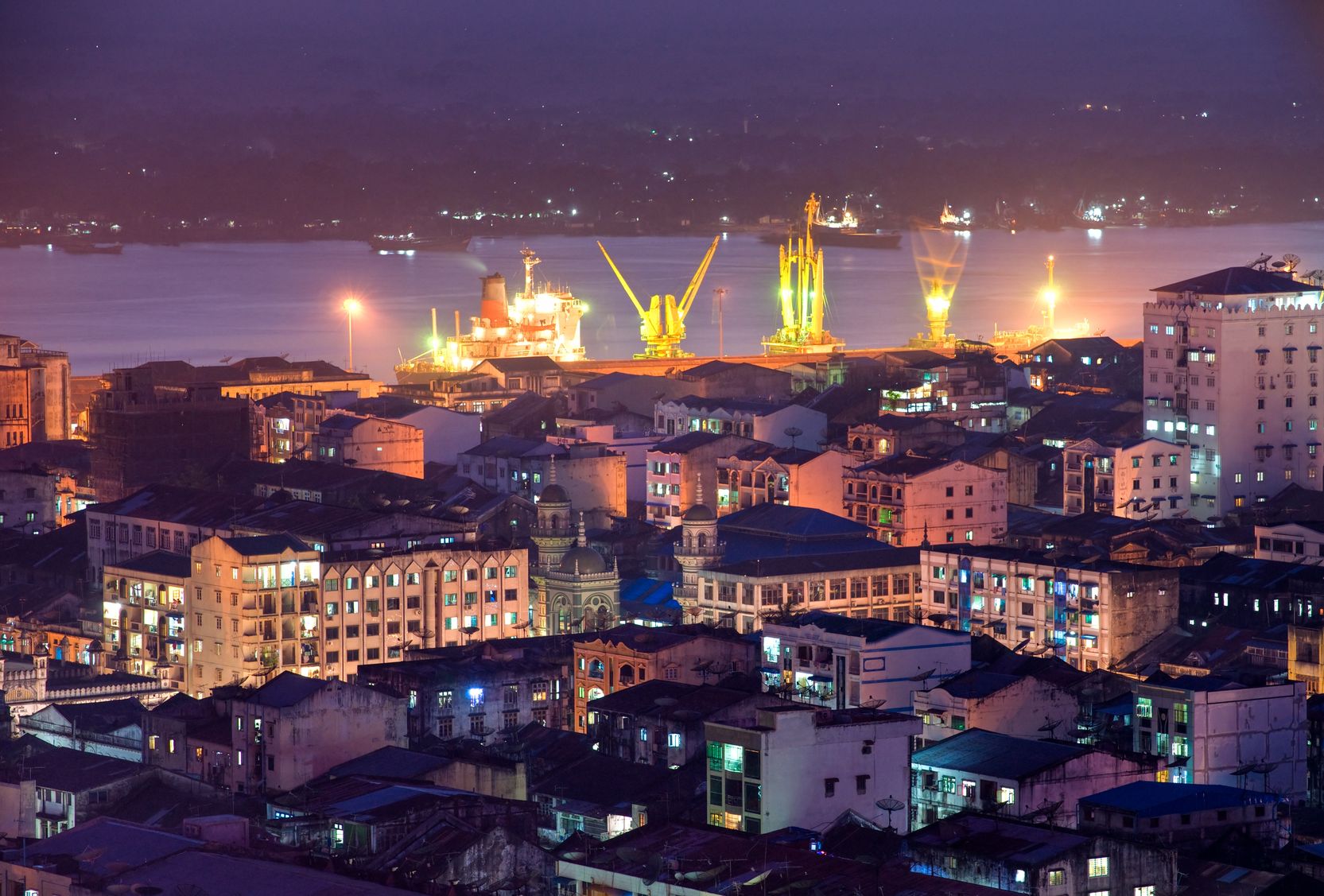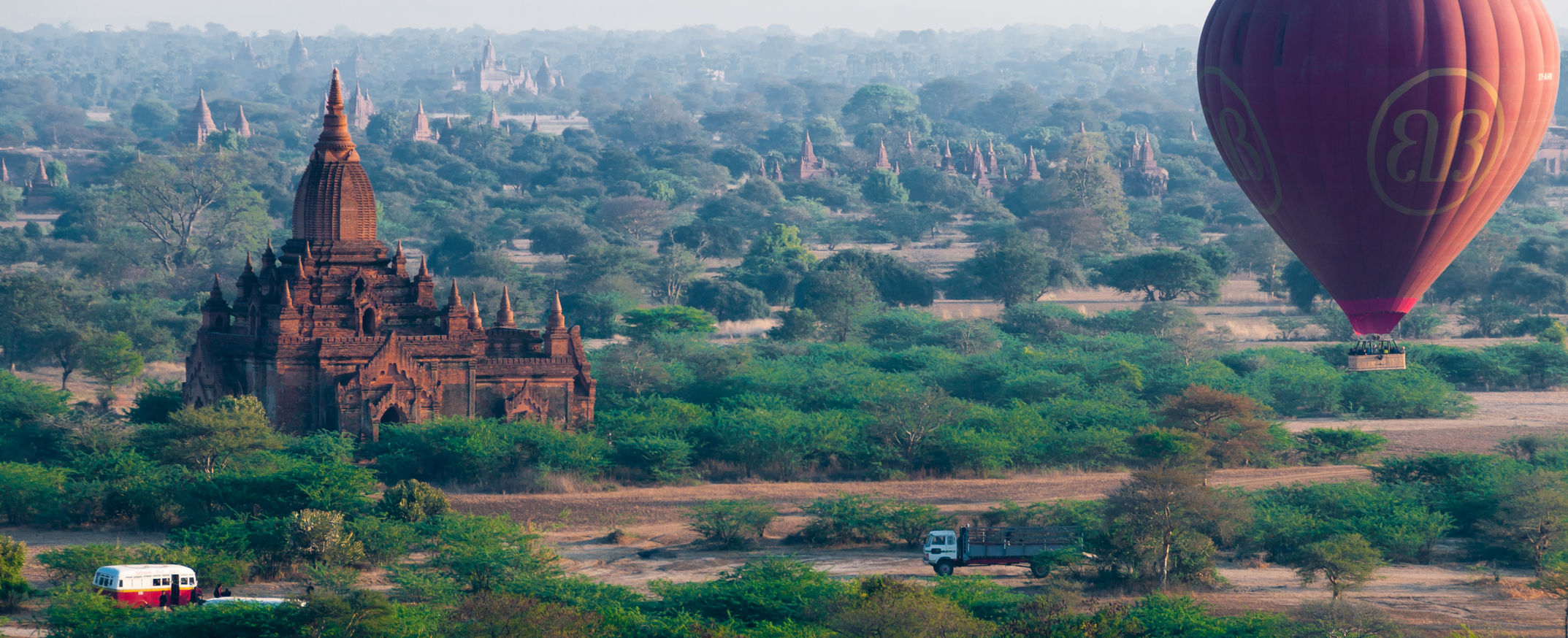8 August, 2017
Economic sanctions by the European Union (since 1990) and the United States (since 1989) were only lifted as recently as 2013 and 2016 respectively. This meant most of the FDI were flowing into the country from other Asian countries like China and Thailand where no economic sanctions were imposed on Myanmar. Since the lifting of the economic sanctions, the number of foreign companies registered in the country tripled from 2,143 in 2012 to 6,223 in 2016.
In 2011, Myanmar saw the largest amount of FDI flowing into the country as US$20 billion were directed to infrastructure projects at a time when the military junta was officially dissolved. Of those, the largest contributors in 2011 were China (US$15.5 billion), Thailand (US$9.56 billion) and South Korea (US$2.92 billion). In 2016, the US$9.48 billion FDI flowing into the developing country were largely going into the oil & gas (US$4.82 billion), transport & communication (US$1.93 billion) and manufacturing (US$1.07 billion) sectors.
Myanmar’s Kyat was floated in 2012 under a managed float system where the currency’s exchange rate is determined by the market. In practice however, the central bank publishes a daily reference exchange rate to influence the market. In 2015, the exchange rate was MMK1,162.62 to US$1.00.
Please click on the image to enlarge.
Myanmar’s recent transition out of five decades of economic and political isolation provides an opportunity for the infrastructure starved country to secure much needed investment to build basic infrastructure for its citizens and facilitate growth in its fast growing sectors. Only 4 of the top 15 FDI contributors to Myanmar are derived from countries outside of the Asia-Pacific region due to the recent lifting of western economic sanctions.
China has been Myanmar’s biggest FDI contributor, providing US$18.0 billion to the country since 2005 due to the country’s geographic proximity and strategic location to the Bay of Bengal.
While Singapore appears to be the second largest FDI contributor with US$11.64 billion (since 2005), Duane Morris & Selvam and experts warn that the capital state is only used as a secure holding (due to its strong rule of law) for foreign funds (due to the economic sanctions) to invest in Myanmar. Only a small proportion represents Singaporean Government and Singaporean businesses investing in Myanmar. The same can be observed for Hong Kong (US$8.65 billion since 2005).
Due to the developing country’s high economic growth rate, neighbouring Thailand has invested US$9.19 billion (since 2005). While South Korea’s US$3.29 billion (since 2005) FDI were largely directed into Myanmar’s oil & gas and manufacturing sectors.
Please click on the chart to enlarge.
Duane Morris & Selvam anticipates that the tourism industry is set for major growth. This sector has swelled from US$139 million in 2011 to US$2.12 billion in 2015.
A country in need of greater connection, Myanmar’s telecommunications sector is growing. Recent cross border deals include Vietnam’s Viettel joint venture with Myanmar National Telecom Holding Public and Star High Public Company, Japan’s KDDI Corp joint venture with Myanmar Posts and Telecommunications.
The oil & gas sector in Myanmar has received the most FDI, amounting to US$19.95 billion from 2005 to 2016. An example of this is the crude oil pipeline that opened in April 2017 which links PetroChina’s Kunming refinery through Myanmar to the Bay of Bengal.
From 2005 to 2016, Myanmar’s power sector has attracted US$19.69 billion in FDI. There are significant opportunities to invest in generation, transmission and distribution of power as the government aims to bring electricity to all parts of the country.
McKinsey Global Institute earmarked the following seven sectors for exponential growth to drive Myanmar’s economy into 2030, quadrupling the economy from US$50.4 billion to an estimated US$220.6 billion.
Duane Morris & Selvam on opportunities in the Myanmar economy

Myanmar’s predominantly agro-based economy is prime for growth. A recent World Bank analysis reveals agricultural productivity is low in Myanmar as a day of work generates only 23kg of rice compared to 547 kg in Thailand, 429 in Vietnam and 62 kg in Cambodia. This is due to the gap in knowledge and access to technology that could be addressed with access to world class knowledge and technology.
FDI is an important source of capital, technology and knowledge for developing countries like Myanmar. While the factors driving FDI are sometimes external to the country, the government is introducing new rules to make the country an attractive FDI destination.
Myanmar is infrastructure starved, a paper by McKinsey Global Institute in 2013 reveals US$320 billion is required to build basic infrastructure and estimated the infrastructure sector would grow from US$10.5 billion in 2010 to US$48.8 billion in 2030.
Since opening up to the world in 2011 with the dissolution of the military junta, the country has seen a successful transition into a democracy as the 2015 election demonstrated. Aung San Suu Kyi’s political party, National League of Democracy won the election in Myanmar’s first openly contested election in 25 years.
See our full Doing Business In Myanmar Report via this link. https://www.investingmyanmar.com

.jpg)










